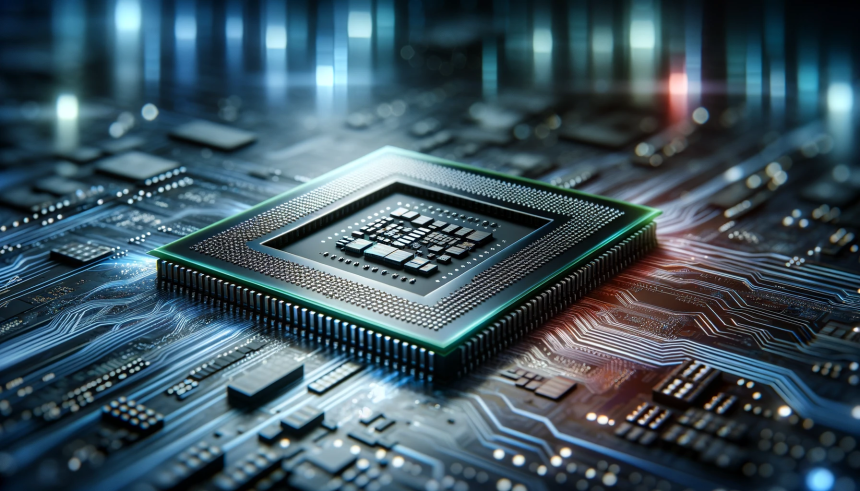The release of AMD’s RX 7400 graphics card has drawn attention from budget PC builders seeking affordable hardware for gaming and productivity tasks. Interest in low-cost graphics solutions has risen, with consumers increasingly examining performance metrics and value propositions in a competitive market. Analysis of recent product launches reveals substantial price-to-performance considerations that shape purchasing decisions and extend beyond just brand loyalty. Market dynamics continue to shift as both established and emerging products vie for a place in entry-level configurations.
Recent news has focused on expanding budget GPU options, and reviews have often highlighted the ongoing rivalry between Intel and AMD. Earlier discussions identified AMD’s RX 6500 XT and Intel’s Arc A380 as strong contenders, but newer releases bring more challenges to AMD’s position. Reports have consistently noted performance trade-offs in this segment, especially regarding VRAM allocation, ray tracing support, and driver stability, with user impressions favoring whichever product delivers consistent experience at the lowest barrier to entry. As new products arrive, the standard for what is considered an acceptable budget GPU keeps evolving.
What Does the RX 7400 Offer for Budget Gamers?
AMD’s RX 7400 features 4GB of GDDR6 memory and operates on a 64-bit memory bus, targeting users aiming to play games at 1080p resolution with modest settings. While the card uses the RDNA2 architecture, its capabilities are bounded by its limited memory bandwidth and smaller core count in comparison to costlier options. For certain less demanding titles, the RX 7400 may provide playable frame rates, but resource-intensive games quickly reveal the constraints of its hardware configuration.
How Does Intel’s Arc B380 Compare?
Intel’s Arc B380, priced similarly to the RX 7400, enters the competition with a comparable 6GB VRAM and 96-bit memory interface, giving it an edge in both video memory and bandwidth for entry-level setups. The B380 delivers better performance consistency in various gaming scenarios and offers increased compatibility with modern graphical features, such as hardware-accelerated ray tracing. Intel’s latest drivers have also reduced historical performance gaps, improving the card’s appeal for budget-conscious users looking for additional headroom.
What Are Industry Voices Saying About These GPUs?
Public responses from both companies highlight differing priorities. AMD remarks,
“Our RX 7400 aims to meet the needs of cost-sensitive users who desire simplified gaming experiences.”
Meanwhile, Intel emphasizes their focus on innovation at affordable prices, stating,
“We designed the Arc B380 to enable more gamers to access modern features on a budget.”
These perspectives reinforce each company’s commitment to entry-level markets, even as the benchmarks and users’ expectations pivot quickly.
Interest in affordable graphics cards shows no signs of slowing, particularly as software demands grow. For buyers, it is crucial to weigh not just upfront pricing, but also the type of gaming or creative workloads planned for their system. Although the RX 7400 supplies a compact and energy-efficient choice, the Arc B380 stands out by addressing memory and compatibility needs more completely at a similar price point. Users with older systems or limited budgets will continue to look for the most balanced options, favoring practicality and long-term utility over brand prestige. Comparing historical trends and recent reviews, it is evident the Arc B380 currently holds a favorable position among enthusiasts seeking reliability and incremental future-proofing. By focusing on specific use cases and expected workloads, buyers can better navigate this challenging market segment and find a GPU that aligns with their requirements.
- Intel’s Arc B380 offers better value than AMD RX 7400 for budget builds.
- AMD RX 7400 targets cost-sensitive users with modest gaming aspirations.
- Shoppers should consider memory, performance, and compatibility when choosing.










